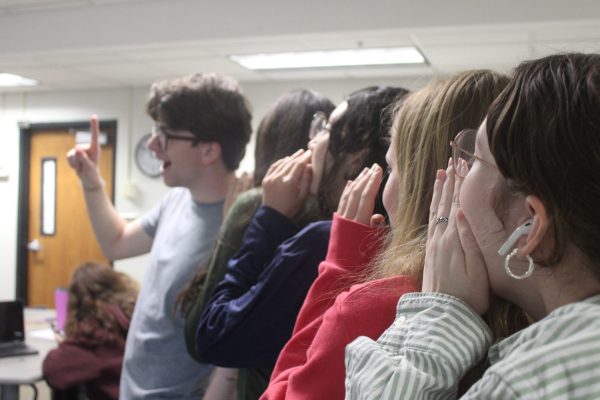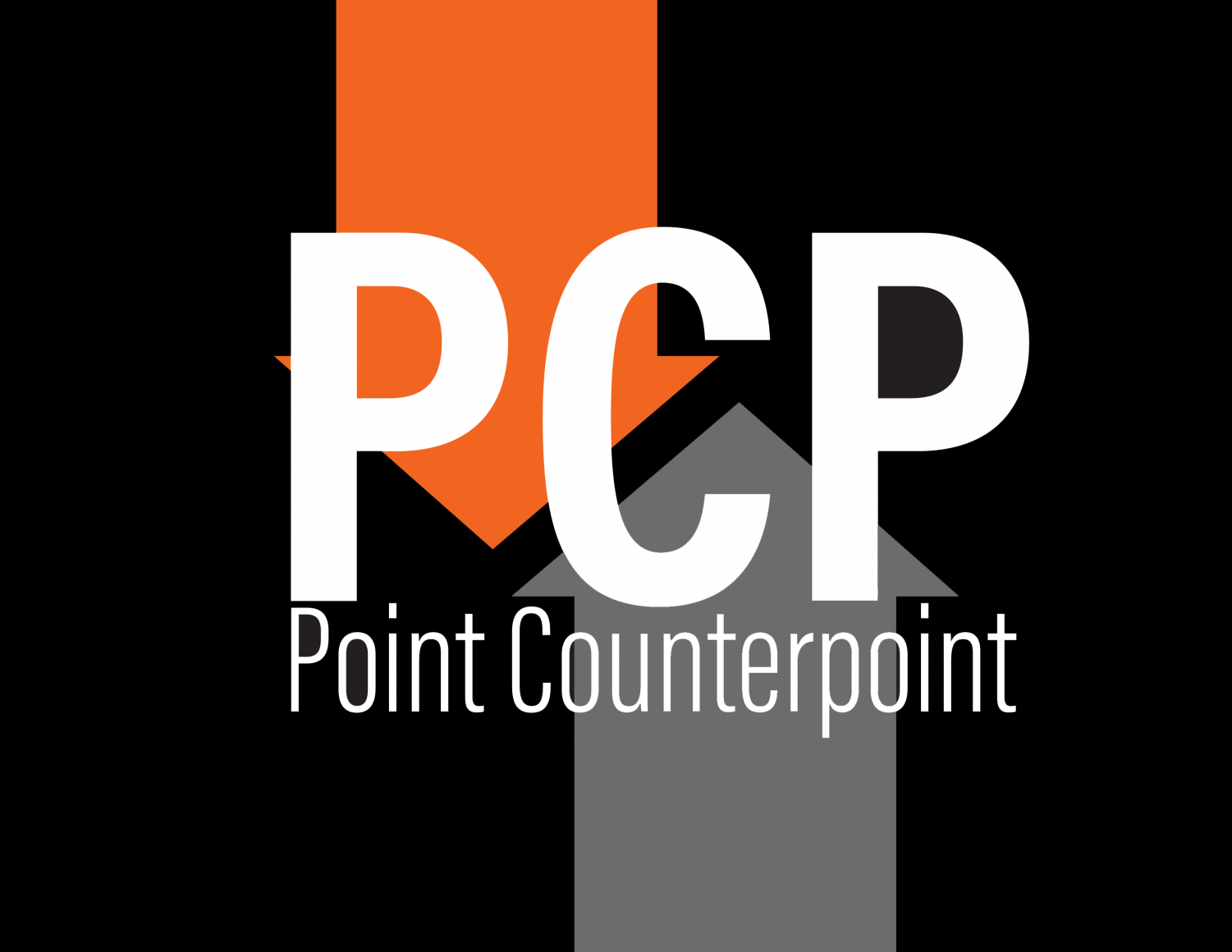Biden’s student loan program is a Band-Aid solution
Plan avoids root issue of college debt
February 28, 2023
If passed, President Biden’s Student Loan Forgiveness program could relieve millions of people of up to $20,000 of debt. The plan was announced in August 2022, but was put on hold by lower courts until recently.
The program will face two cases on Feb. 28 arguing against it, from a group of Republican states and from people who do not qualify for loan forgiveness under the program. If it is struck down, the Biden administration will retool the program during a month-long process.
Many programs have been drafted to fix the national student debt crisis, especially after the economic devastation brought on by COVID-19. This program actually uses a 2003 court case granting the executive branch power to relieve student debt in the case of a national emergency.
The use of this case in its defense exemplifies the issue with the program — it was made to relieve the burden of student debt during the pandemic, not to fix the long-term, structural issue that is student loans in this country.
The reason people struggle to afford tuition is not the pandemic — although in recent years it may have exacerbated the problem — the issue is the price tag. The average cost for an in-state, public university in Minnesota is $11,748 per year. After four years, the total cost is close to $47,000. For reference, the median yearly income in Minnesota is $37,320.
A degree from a four-year university is practically a necessity to land a good job in this country. The privilege of a degree from one of these schools is gatekept from the average citizen because of the cost, and for most, the only way past this obstacle is to take out student loans.
Many of Park seniors graduating in 2023 will go on to pursue a four-year degree. A large number of them will take out student loans. I seriously doubt this program will be around to help them manage these loans in the coming years — and my doubts are even stronger that it will stick around to help those graduating later on.
The Student Loan Forgiveness program will cost the taxpayer an estimated $400 billion, one reason Republican states are so against this plan. Aside from only providing temporary aid, the program ignores the core issue of student loans — people cannot afford college. The government has the power to regulate pricing for these institutions, but instead it is content to slap Band-Aid solutions onto a structural problem.













